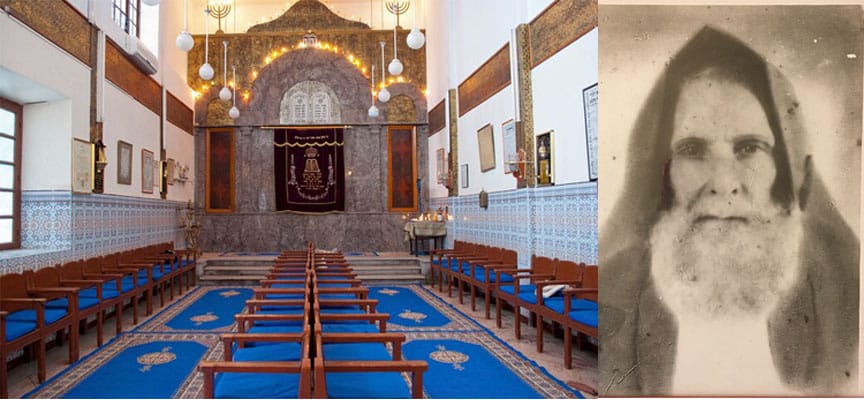
This week it’s personal. I’m devastated by the earthquake that claimed thousands of lives in Morocco, and wrought damage on some of the most beautiful historic sites in Marrakesh, including the Mellah (Jewish Quarter) where my father grew up. The streets where my father played are now reduced to rubble. I am especially saddened by the damage to the historic Slat Lazama synagogue in Marrakesh. This was the synagogue where my father grew up praying alongside his grandfather, the Kabbalist Rabbi Yosef Pinto.
The Slat Lazama synagogue was built by the “Megorashim,” the Sephardic-Spanish “exiled Jews” who settled in Marrakesh shortly after the expulsion from Spain in 1492. The “Toshavim” – the local Moroccan Jews who lived there for centuries – named this new synagogue “Slat Lazama” – the “Synagogue of the Foreigners.” For my family, “Toshavim” (local Moroccans) was “Bouskila” – my father’s father – and “Megorashim” (Spanish Exiles) was “Pinto” – my father’s mother. These two communities were distinct and separate, and in the earlier generations, a Bouskila would never have married a Pinto. At some point, a local Moroccan Bouskila boy ventured into the Spanish Slat Lazama synagogue, and that’s where he met a Pinto. My family’s blended Moroccan-Spanish heritage – Toshavim and Megorashim – came together in this beautiful synagogue.
My father’s description of the prayers in Slat Lazama was magical. “Every Shabbat,” he told me, “beautiful Andalusian tunes filled the air, chanted with love by ‘paytanim’ (liturgical singers). They weren’t there to show off their voices, but to humbly give honor to God and uplift our souls.” The synagogue was distinguished by the deep sense of reverence amongst the worshippers. “This was a synagogue for those who wished to pray, not talk, eat or gossip,” my father said. “Talking in Slat Lazama was words of Torah, spoken to us by the many sages who prayed there.”
Amongst those sages was my great-grandfather, Rabbi Yosef Pinto. The last of a distinguished line of Kabbalists originally from Spain but for many generations in Marrakesh, Rabbi Yosef Pinto was a talented “darshan” (public speaker). As a tribute to the damaged Slat Lazama synagogue, I offer one of his precious teachings about the Shofar, as transmitted to me by my father:
“There is nothing that more powerfully connects Jews than the notes of the Shofar. No matter where we’ve lived and the different languages we spoke, on Rosh Hashana, our common language, for all generations, is Tekiah, Shevarim, Teruah.”
On Rosh Hashana in Slat Lazama – a synagogue where descendants of Toshavim and Megorashim prayed together – Rabbi Pinto’s message resonated as loudly as the Shofar. His beautiful words still resonate with me today.
Tizku L’Shanim Rabot and Shana Tova
Rabbi Daniel Bouskila is the director of the Sephardic Educational Center and the rabbi of the Westwood Village Synagogue.
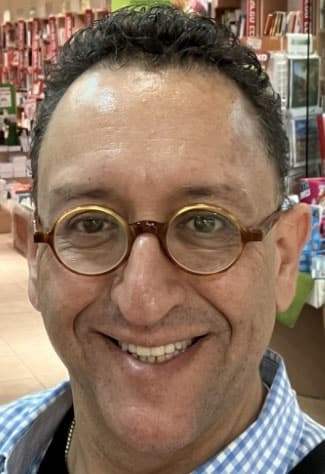














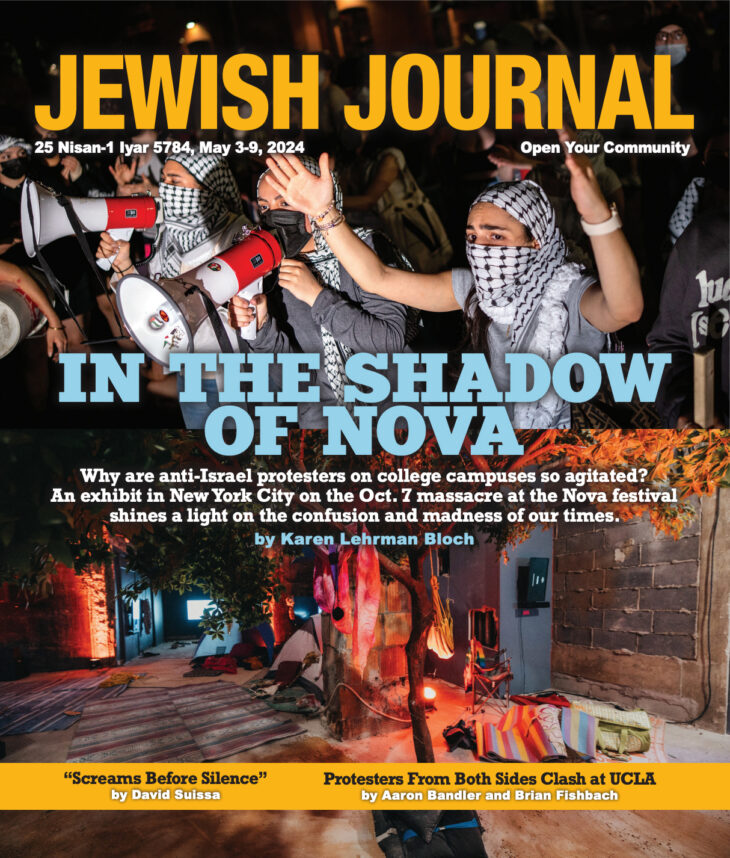
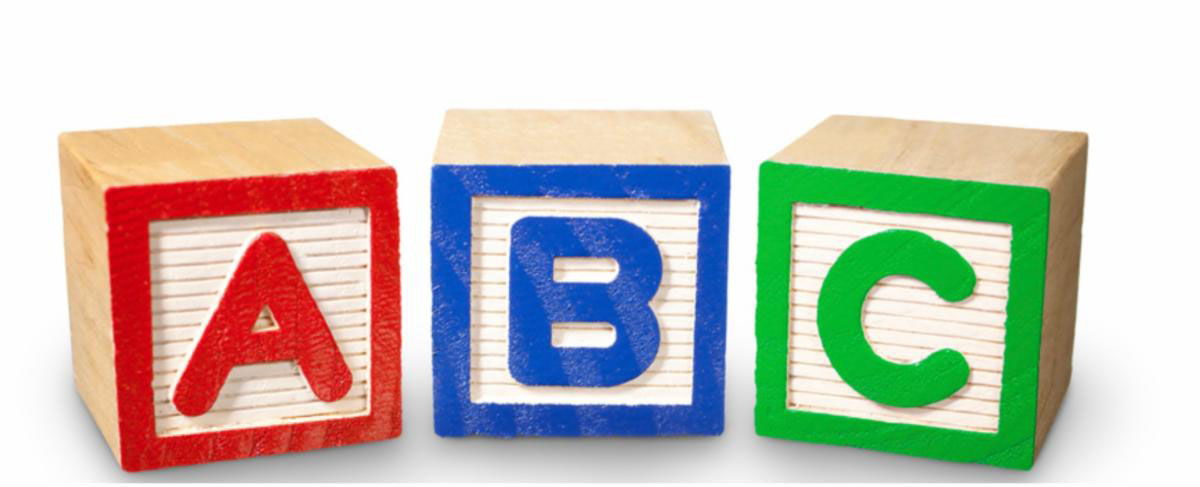
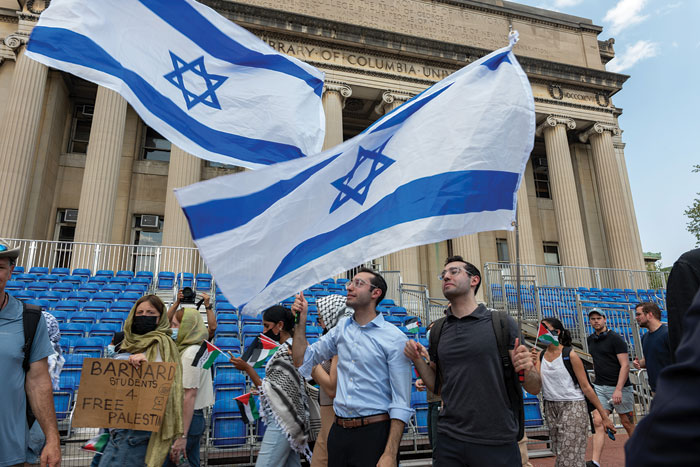




 More news and opinions than at a Shabbat dinner, right in your inbox.
More news and opinions than at a Shabbat dinner, right in your inbox.